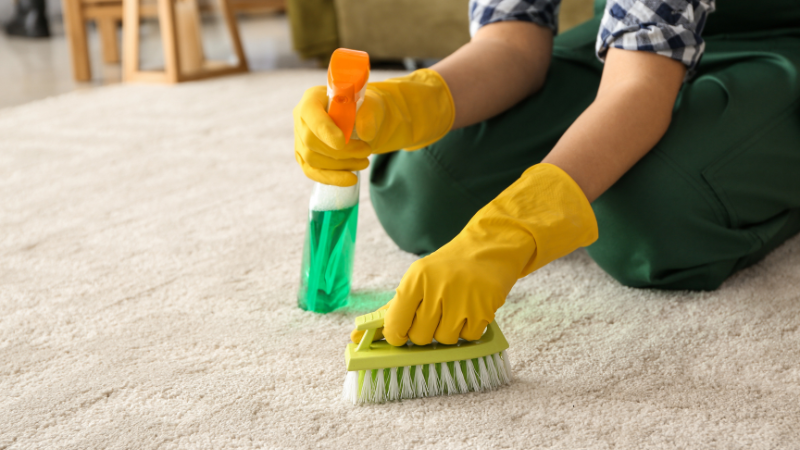Mold can be a homeowners nightmare, especially when it sneaks up on carpeted stairs. Knowing how to prevent mold on carpeted stairs is crucial, as mold not only damages your property but poses health risks too. Mold requires just the right conditions of moisture and warmth to thrive, and stairs often provide this perfect environment.
Addressing these conditions, you can protect your home from mold issues. If youre looking to solve or prevent this problem, youre not alone! Many home and business owners face similar challenges and preventative steps can make all the difference.

Why Mold Appears on Carpeted Stairs
Mold grows where it finds moisture and organic material to feed on, such as the fibers in carpets. Stairs can be particularly susceptible due to potential water leaks, spills, or high humidity levels from poor ventilation in stairways.
The dark, enclosed nature of staircases can exacerbate these issues, creating a haven for mold spores to settle and grow.
Steps for Preventing Mold Growth
Keep Stairs Dry
The simplest way to prevent mold is to keep the stairs dry. Regularly check for water leaks and ensure that any spills are promptly dried.
Improve Ventilation
Ventilation plays a critical role. Open windows or use fans to circulate air, reducing moisture buildup on carpeted stairs which can be particularly effective in preventing mold.
Regular Carpet Cleaning
Regular cleaning helps remove dirt and possible mold spores before they can grow. Use a vacuum cleaner with a HEPA filter to ensure maximum cleanliness.
Use Mold-Resistant Products
Consider treating your carpets with mold-resistant products. This may include sprays or incorporating mold-resistant padding beneath your carpet.
When Prevention Fails
Identifying Mold
Despite best efforts, mold may appear. If you notice a musty smell or discolored patches, it may indicate mold presence. Investigate immediately to confirm mold growth.
Removal and Remediation
Depending on the infestation level, you might need professional cleaning services. If possible, replace mold-ridden carpets entirely to ensure the problem doesn’t reoccur.
For more advanced help or DIY tips, you can visit Test Carpet For Mold for detailed guidelines.
DIY Solutions and Alternatives
Homemade Cleaners
Natural solutions like vinegar and baking soda can be effective against mild mold issues. However, they might not be sufficient for deeper mold problems.
Best Flooring Alternatives
If mold continues to be a problem, consider switching to flooring alternatives that are less susceptible to moisture. For options, check out Best Flooring Alternatives.
Frequently Asked Questions
What are the health risks of mold on stairs?
Mold can cause respiratory issues, allergies, and other health problems. It’s essential to address mold growth to protect your health and that of your family.
Can I remove mold from carpets myself?
For small mold outbreaks, DIY solutions may suffice. For extensive areas, it might be safer and more effective to consult professionals.
Are mold-resistant carpets effective?
Yes, mold-resistant carpets and padding can significantly reduce the risk of mold growth, especially in high-moisture areas.

Conclusion
Understanding how to prevent mold on carpeted stairs can save homeowners from costly repairs and health issues. Regular maintenance and vigilance are key. Explore resources like this guide for more mold prevention strategies. By implementing these steps, you can enjoy clean, mold-free stairs in your home.
This article contains affiliate links. We may earn a commission at no extra cost to you.


